Editor’s note: In addition to his work at The Dispatch, Kevin D. Williamson is a writer in residence at the Competitive Enterprise Institute, in which capacity he has written about a number of subjects, including climate policy and regulation, for a number of publications. This series on the Bureau of Alcohol, Tobacco, Firearms, and Explosives (ATF) and firearms regulation is part of that work. Today’s installment explains what the ATF doesn’t do. Subsequent entries will look at the ATF’s role as a tax collector and as a regulator, and how its policies affect licensed firearm dealers and their customers.
Part 2: The ATF Is a Tax Collector
Part 4: The View From the Back Office
Part 5: But for Some Flubbed Paperwork …
The “F” in ATF stands for “firearms,” and, in the matter of overseeing the sale of these, the ATF is a damned peculiar creature: It is a law enforcement agency dedicated to regulating transactions between federally screened, licensed sellers and a population of buyers from which serious criminals (felons, domestic abusers, those under indictment for such crimes) are excluded. It may not exactly shock you to learn that very few American criminals are carrying firearms legally purchased from a licensed retailer (murderers and armed robbers are not famously punctilious about lesser crimes) but just how small that share is may surprise you: It is less than 2 percent.
There are some other very small percentages that should be kept in mind. The share of U.S. firearms used in a homicide each year? About 0.005 percent, or about 1 in 20,000. The share of homicides carried out by means of so-called assault rifles? So small that the FBI doesn’t even bother to keep track, but estimates run as low as less than 2 percent. Your likelihood of being murdered with an AR-15-style rifle? Way less than a quarter of your odds of being stabbed to death and half your odds of being beaten to death by somebody’s bare hands. The number of legally owned fully automatic weapons that have been used in a murder since World War II? Small enough that you could count them on one hand—and the majority of those were committed by police or military personnel rather than by civilians.
It’s not that our society isn’t violent—it is, and extraordinarily so. But the character of the violence and the instruments by which that violence is carried out is both misunderstood and misrepresented, partly because our entertainment (from movies to video games) naturally leans into the depiction of cinematic weapons, partly because our gun policy discussions are hysterical and intellectually dishonest, and partly because we have a very strong bias toward the exotic and the unusual: The Discovery Channel has “Shark Week” every year, but you are orders of magnitude more likely to be killed by a bee or a cow. Similarly, the most common crime scene firearms sent to the ATF for tracing every year are the exact opposite of exotic, with .22-caliber rifles being the most common among the long guns and 9mm pistols the most common among handguns, according to ATF.
Never mind that so much of our recent high-profile violence was committed by non-firearms means—vehicular terrorism in New Orleans, that bomb in Las Vegas—or that our worst-ever school massacre involved no guns (the killer used explosives) and happened nearly a century ago. We often talk about firearms regulation as though only the ATF were standing between Americans and a Mad Max dystopia of roving gangs terrorizing our cities and suburbs with Kalashnikov rifles and hand grenades.
What if I told you that wasn’t, strictly speaking, true?
What the ATF doesn’t do.
Do we need an ATF? There is a reasonable—and strong—case to be made that we do not. At least as far as the question of regulating firearms goes, much of what the ATF does is unnecessary, and its necessary work would be better done by other federal agencies or by states and municipalities. (Other items in the ATF portfolio, such as alcohol and explosives, are beyond my scope here.) The ATF is a hodgepodge agency that has been overseen by different departments over the years ranging from Treasury to Homeland Security—its agents and leaders by their own account really want to spend their energy fighting organized crime, but its main firearms-related activity is the regulation of sporting goods stores. And it is not clear that the agency fighting transnational drug cartels should also be the agency regulating Dick’s Sporting Goods. What is clear from the data is that the activities of licensed firearms retailers are only indirectly and tangentially related to violent crime at all. American gun shops are not a major provider of firearms to American criminals, with more than 90 percent of them getting their firearms from other sources, mainly through theft and black market sales.
(I’d love to share the ATF’s perspective on this with you, but the agency declined a half-dozen or so inquiries and requests for comment.)
That being stipulated, the purpose of this series is not to advocate a particular substantive model of firearms regulation, nor is it to advocate or oppose any particular body of gun control policies, though there will be some incidental presses in that direction. In the interest of full disclosure, I will note that I am deeply skeptical of most so-called gun control policies that are focused on the business practices of federally licensed firearms dealers (FFLs) and their customers, who are, by definition, among the most law-abiding people in the United States.
“We often talk about firearms regulation as though only the ATF were standing between Americans and a Mad Max dystopia of roving gangs terrorizing our cities and suburbs with Kalashnikov rifles and hand grenades. What if I told you that wasn’t, strictly speaking, true?”
An FFL cannot sell a firearm to a person convicted of a felony or certain misdemeanors—including those involving domestic violence (such persons cannot legally purchase a firearm from any seller). Individuals under indictment for such crimes are similarly prohibited, as are fugitives from justice, those who have been found mentally incompetent by a court, those who have been dishonorably discharged from the military, illegal aliens, etc. It is illegal for an FFL to sell a person a firearm without performing a background check, and it is illegal for an FFL to sell an out-of-state buyer a firearm that is prohibited in the buyer’s state—and it falls on the FFL to know the states’ laws. While it is true that you can buy a firearm online, any licensed seller can ship those firearms only to another FFL, which then performs the necessary background check before releasing the firearm to a buyer. It is illegal to mail a handgun to a buyer, or to anybody else. Certain firearms require additional special measures to purchase. Despite what you hear about the laxity of U.S. firearms laws, they are extensive and comprehensive where licensed dealers and their customers are concerned.
It is possibly for that reason—though not necessarily for that reason—that firearms purchased from licensed retailers so rarely show up in crimes. According to 2019 figures from the Justice Department, less than 2 percent of incarcerated criminals were in possession of a firearm purchased from a licensed retailer at the time of the crime for which they were incarcerated. Of course, some criminals did not possess a firearm at all, but if you limit the data to those who had a firearm on them, it doesn’t change the outcome very much: Only 7 percent of criminals armed with guns got them through legal retail means, according to the DOJ. The great majority (56 percent) acquired their firearms through black market means or stole them; the remainder—and here we will just have to take the DOJ’s word that the appropriate level of skepticism has been applied to the criminals’ accounts—either found the gun at the scene of the crime, received it as a gift, or obtained it from a family member. And to address another source of common hysteria, fewer than 1 percent of such criminals obtained the firearm from a gun show.
The United States has much more violent crime than the countries of the European Union, the United Kingdom, Canada, Australia, or New Zealand. And, specifically, it has many more shootings and much more criminal use of firearms than those countries, though it has much more violent crime not involving firearms, too. Those facts should not be minimized, but neither should the role of firearms in American violence be overstated: The majority of those criminals in the DOJ study did not fire the gun at all during the course of the crime of which they were convicted, and only 1 in 4 state and federal prisoners serving time for violent felonies used a firearm in the course of their crimes. You may be surprised to learn that only a minority of those serving time for homicide used a firearm: 37 percent of state prisoners and 28 percent of federal prisoners. For all of the talk about so-called assault rifles, all rifles together accounted for only 364 murders in 2019, according to FBI data; for comparison, 600 people were beaten to death by a killer using his bare hands or stomped to death that year. Three times as many Americans were stabbed to death as killed with all rifles combined in 2019.
Again, these figures are not offered in a narrow spirit of advocacy, but for context. Suggestions that we modify the methods by which firearms are regulated in the United States—for example, by devolving the main authority for such regulation to states and municipalities—often are met with fearful responses based on the mistaken notion that the regulatory efforts of the ATF today are a bulwark against an even larger and more sprawling avalanche of violent crime in the United States than the one from which the country already suffers. But there is very little reason to assume that that is the case.
It is much more likely that, left to their own management, the states would produce different models of firearms regulation more narrowly tailored to local needs—and that should be a source of hope rather than a source of fear. For one thing, firearms regulations already vary widely across the country: Remarkably low-crime Vermont has had so-called constitutional carry (meaning that residents may carry a firearm without a special permit) for longer than there has been a federal constitution, and much of New England has relatively liberal firearms laws, whereas many of our highest-crime cities have very strict gun laws. And while it is likely that rural Oklahoma and Manhattan will end up with different rules—as should be the case—the major federal firearms prohibitions (of felons, of mentally ill people, of people under domestic violence restraining orders) have wide support and general political buy-in. It is not as though devolution would mean that the Texas Legislature would suddenly approve firearms sales to convicted murderers or to suspects under indictment for gang-related violent crimes or rape. It would mean that Texas would set—and enforce—Texas’s rules, within the capacious policy space of what is permissible under the Second Amendment.
To the extent that there would be a role for federal coordination, it is not clear that the ATF is needed, or that it would even be the best agency for the job. For example, the background check system used by retailers (NICS, the National Instant Criminal Background Check System) is maintained and operated not by the ATF but by the FBI, which provides background check services to 35 states, five territories, and the District of Columbia, with the remaining states performing their own.
So, what does the ATF really do, vis-à-vis firearms? While the agency’s culture has a very pronounced Wyatt Earp sensibility, the agency itself is best understood as a tax-collector.
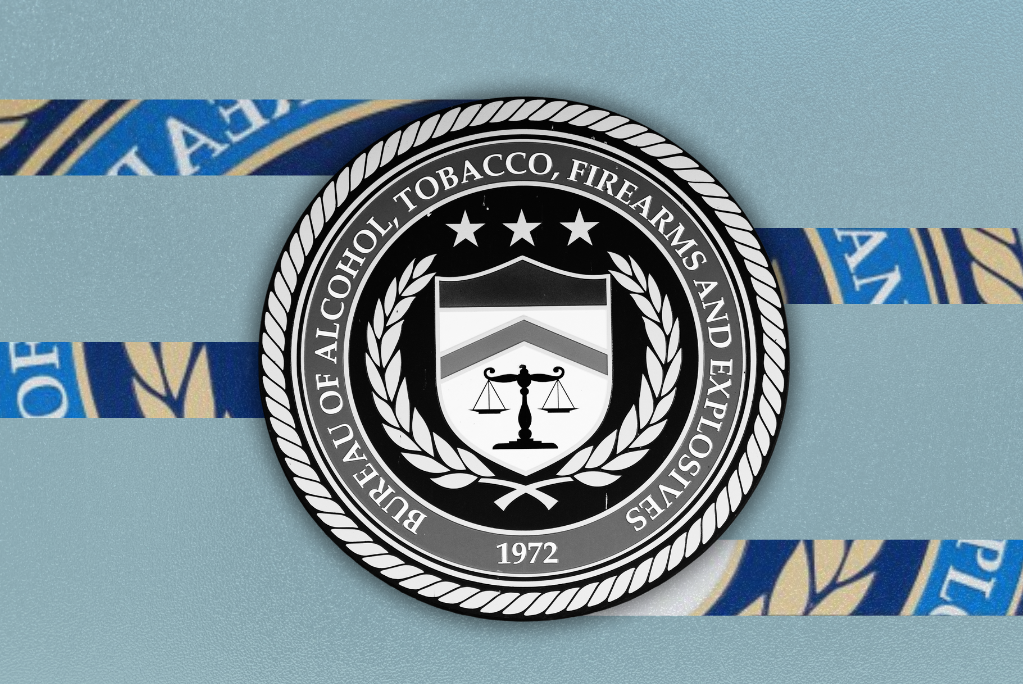

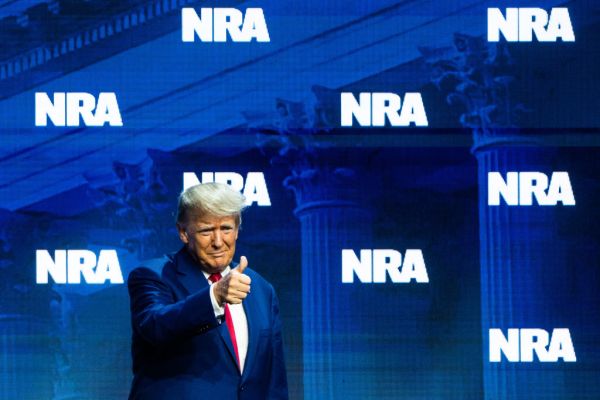
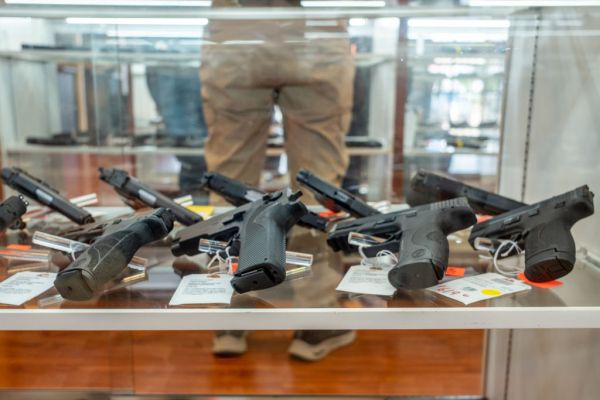
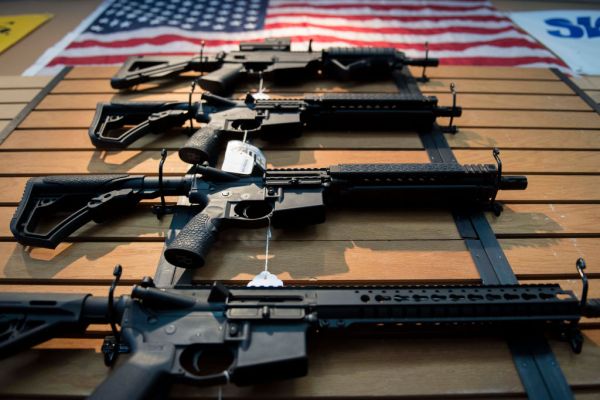

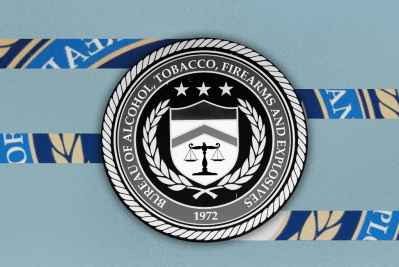
Please note that we at The Dispatch hold ourselves, our work, and our commenters to a higher standard than other places on the internet. We welcome comments that foster genuine debate or discussion—including comments critical of us or our work—but responses that include ad hominem attacks on fellow Dispatch members or are intended to stoke fear and anger may be moderated.
With your membership, you only have the ability to comment on The Morning Dispatch articles. Consider upgrading to join the conversation everywhere.